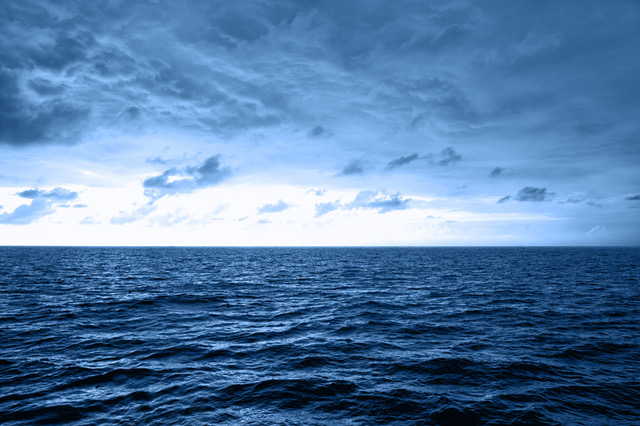
-
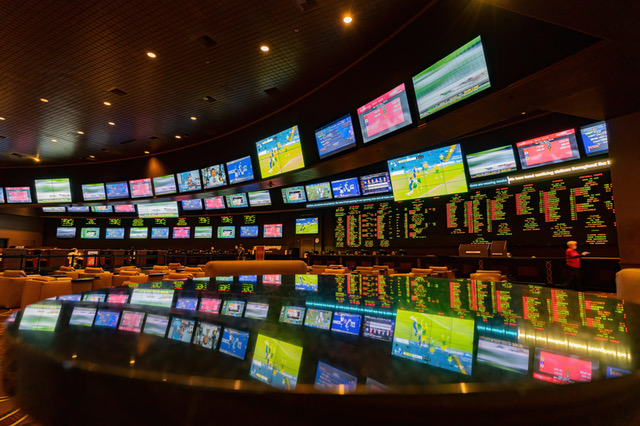 EU chief faces confidence votes in fractious parliament
EU chief faces confidence votes in fractious parliament
-
Macron seeks new PM to end France crisis
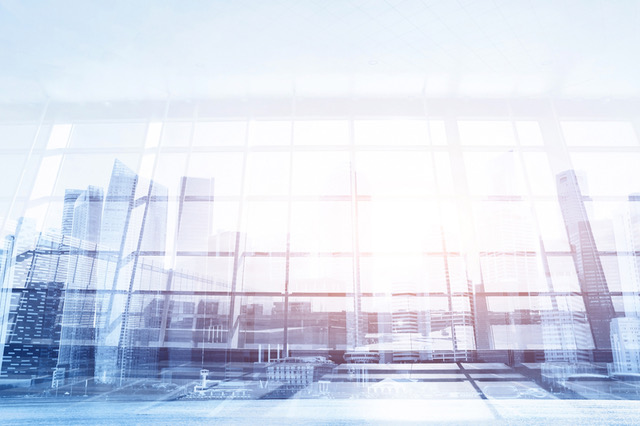
-
 US federal workers apply for loans as shutdown hits military morale
US federal workers apply for loans as shutdown hits military morale
-
Pro-Palestinian protest threat racks up tension for Italy's World Cup qualifier with Israel
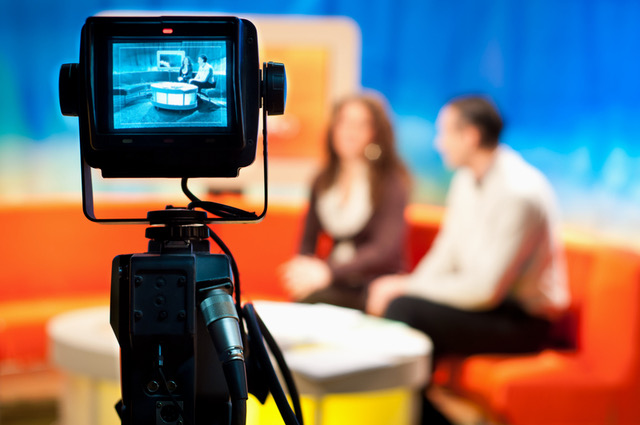
-
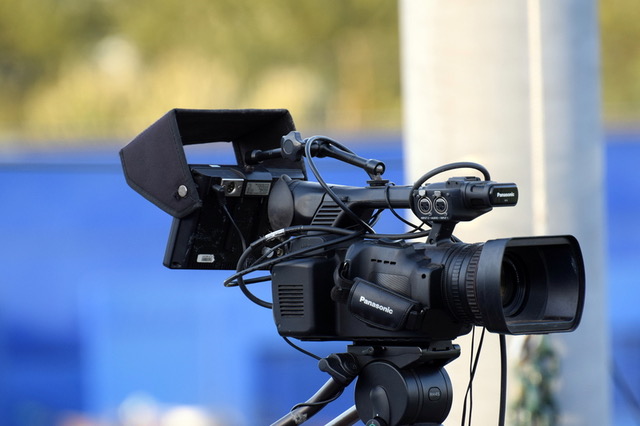 How Donald Trump pulled off his Gaza deal
How Donald Trump pulled off his Gaza deal
-
Trump calls for jailing of Illinois Democrats as troops arrive
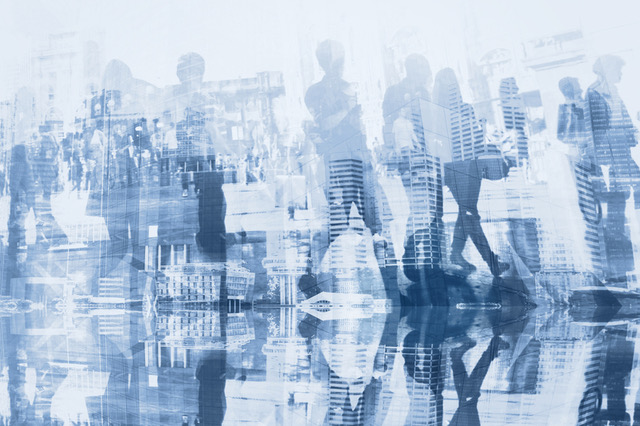
-
 Trump says Israel, Hamas agree to first phase of peace plan
Trump says Israel, Hamas agree to first phase of peace plan
-
Boca Juniors manager Russo dies aged 69: Argentine Football Association
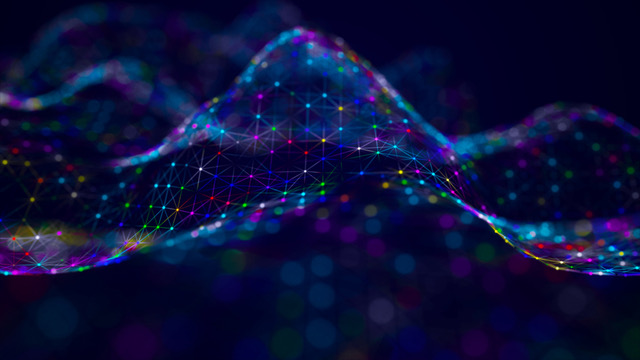
-
 Tigers rally to beat Mariners, stay alive in MLB playoffs
Tigers rally to beat Mariners, stay alive in MLB playoffs
-
Breast cancer screening scandal outrages Spain

-
 Man Utd win on women's Champions League debut, Chelsea held by Twente
Man Utd win on women's Champions League debut, Chelsea held by Twente
-
Country music star clashes with Trump govt over immigration raids

-
 Macron to name new French PM within 48 hours
Macron to name new French PM within 48 hours
-
Flintoff did not feel 'valued' by new Superchargers owners

-
 Zidane's son Luca 'proud' to play for Algeria
Zidane's son Luca 'proud' to play for Algeria
-
'Daily struggle for survival' for Haiti children, UN report says

-
 Trump says may go to Middle East, with Gaza deal 'very close'
Trump says may go to Middle East, with Gaza deal 'very close'
-
Kane out but Tuchel wants more of the same from England
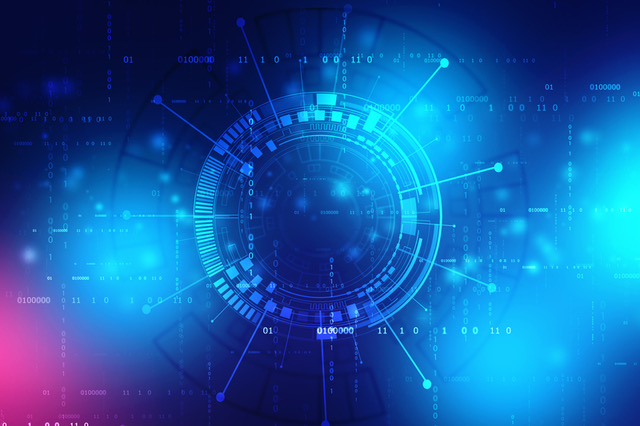
-
 US facing worsening flight delays as shutdown snarls airports
US facing worsening flight delays as shutdown snarls airports
-
Outgoing French PM sees new premier named in next 48 hours

-
 Ratcliffe gives Amorim three years to prove himself at Man Utd
Ratcliffe gives Amorim three years to prove himself at Man Utd
-
'I ain't dead yet!': Dolly Parton reassures fans after scare

-
 Jane Goodall's final wish: blast Trump, Musk and Putin to space
Jane Goodall's final wish: blast Trump, Musk and Putin to space
-
Salah scores twice as Egypt qualify for 2026 World Cup

-
 New 'Knives Out' spotlights Trump-era US political landscape
New 'Knives Out' spotlights Trump-era US political landscape
-
Failed assassin of Argentina's Kirchner given 10-year prison term

-
 Man arrested over deadly January fire in Los Angeles
Man arrested over deadly January fire in Los Angeles
-
La Liga confirm 'historic' Barcelona match in Miami

-
 France's Le Pen vows to block any government
France's Le Pen vows to block any government
-
Mooney ton rescues Australia in stunning World Cup win over Pakistan

-
 Afghan mobile access to Facebook, Instagram intentionally restricted: watchdog
Afghan mobile access to Facebook, Instagram intentionally restricted: watchdog
-
From refugee to Nobel: Yaghi hails science's 'equalizing force'

-
 Medvedev to face De Minaur in Shanghai quarter-finals
Medvedev to face De Minaur in Shanghai quarter-finals
-
Conceicao named as new coach of Al Ittihad

-
 Victoria Beckham reveals struggle to reinvent herself in Netflix series
Victoria Beckham reveals struggle to reinvent herself in Netflix series
-
'Solids full of holes': Nobel-winning materials explained

-
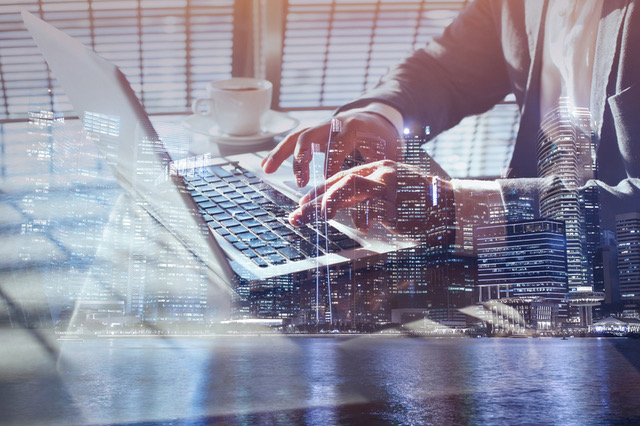 Iran releases Franco-German accused of spying
Iran releases Franco-German accused of spying
-
Gisele Pelicot urges accused rapist to 'take responsibility'

-
 BBVA, Sabadell clash heats up ahead of takeover deadline
BBVA, Sabadell clash heats up ahead of takeover deadline
-
World economy not doing as badly as feared, IMF chief says

-
 Veggie 'burgers' face the chop as EU lawmakers back labeling ban
Veggie 'burgers' face the chop as EU lawmakers back labeling ban
-
Former FBI chief James Comey pleads not guilty in case pushed by Trump

-
 US envoys arrive at Gaza truce talks as Egypt, Hamas voice 'optimism'
US envoys arrive at Gaza truce talks as Egypt, Hamas voice 'optimism'
-
Germany raises growth forecasts, but warns reforms needed

-
 Gold tops $4,000 for first time on political, economic worries
Gold tops $4,000 for first time on political, economic worries
-
Serie A chief blasts Rabiot's criticism of Milan match in Australia

-
 From refugee to Nobel: Yaghi hails science's 'equalising force'
From refugee to Nobel: Yaghi hails science's 'equalising force'
-
Canal Istanbul stirs fear and uncertainty in nearby villages

-
 Root backs England to end Ashes drought in Australia
Root backs England to end Ashes drought in Australia
-
British PM Starmer hails India opportunities after trade deal


What happens to the human body in deep space?
Bone and muscle deterioration, radiation exposure, vision impairment -- these are just a few of the challenges space travelers face on long-duration missions, even before considering the psychological toll of isolation.
As US astronauts Butch Wilmore and Suni Williams prepare to return home after nine months aboard the International Space Station (ISS), some of the health risks they've faced are well-documented and managed, while others remain a mystery.
These dangers will only grow as humanity pushes deeper into the solar system, including to Mars, demanding innovative solutions to safeguard the future of space exploration.
- Exercise key -
Despite the attention their mission has received, Wilmore and Williams' nine-month stay is "par for the course," said Rihana Bokhari, an assistant professor at the Center for Space Medicine at Baylor College.
ISS missions typically last six months, but some astronauts stay up to a year, and researchers are confident in their ability to maintain astronaut health for that duration.
Most people know that lifting weights builds muscle and strengthens bones, but even basic movement on Earth resists gravity, an element missing in orbit.
To counteract this, astronauts use three exercise machines on the ISS, including a 2009-installed resistance device that simulates free weights using vacuum tubes and flywheel cables.
A two-hour daily workout keeps them in shape. "The best results that we have to show that we're being very effective is that we don't really have a fracture problem in astronauts when they return to the ground," though bone loss is still detectable on scans, Bokhari told AFP.
Balance disruption is another issue, added Emmanuel Urquieta, vice chair of Aerospace Medicine at the University of Central Florida.
"This happens to every single astronaut, even those who go into space just for a few days," he told AFP, as they work to rebuild trust in their inner ear.
Astronauts must retrain their bodies during NASA's 45-day post-mission rehabilitation program.
Another challenge is "fluid shift" -- the redistribution of bodily fluids toward the head in microgravity. This can increase calcium levels in urine, raising the risk of kidney stones.
Fluid shifts might also contribute to increased intracranial pressure, altering the shape of the eyeball and causing spaceflight-associated neuro-ocular syndrome (SANS), causing mild-to-moderate vision impairment. Another theory suggests raised carbon dioxide levels are the cause.
But in at least one case, the effects have been beneficial. "I had a pretty severe case of SANS," NASA astronaut Jessica Meir said before the latest launch.
"When I launched, I wore glasses and contacts, but due to globe flattening, I now have 20/15 vision -- most expensive corrective surgery possible. Thank you, taxpayers."
- Managing radiation -
Radiation levels aboard the ISS are higher than on the ground, as it passes through through the Van Allen radiation belt, but Earth's magnetic field still provides significant protection.
The shielding is crucial, as NASA aims to limit astronauts' increased lifetime cancer risk to within three percent.
However, missions to the Moon and Mars will give astronauts far greater exposure, explained astrophysicist Siegfried Eggl.
Future space probes could provide some warning time for high-radiation events, such coronal mass ejections -- plasma clouds from the Sun -- but cosmic radiation remains unpredictable.
"Shielding is best done with heavy materials like lead or water, but you need vast quantities of it," said Eggl, of University of Illinois Urbana-Champaign.
Artificial gravity, created by rotating spacecraft frames, could help astronauts stay functional upon arrival after a nine-month journey to Mars.
Alternatively, a spacecraft could use powerful acceleration and deceleration that matches the force of Earth's gravity.
That approach would be speedier -- reducing radiation exposure risks -- but requires nuclear propulsion technologies that don't yet exist.
Preventing infighting among teams will be critical, said Joseph Keebler, a psychologist at Embry-Riddle Aeronautical University.
"Imagine being stuck in a van with anybody for three years: these vessels aren't that big, there's no privacy, there's no backyard to go to," he said.
"I really commend astronauts that commit to this. It's an unfathomable job."
E.Borba--PC
